The last decade has transformed our skylines, from Chicago to Jakarta, Shenzhen to Nairobi. In 2017 alone, global skyscraper construction hit a historic high, with 144 buildings reaching 660 feet and above, doubling the number built in 2012. 69 cities across 23 countries completed at least one skyscraper, with fifteen of those 144 counted as “supertall”—hitting the 980 feet mark.
While the number of skyscrapers completed in 2020 declined significantly due, in part, to the pandemic, the global public still saw the addition of 106 new skyscrapers, with 21 qualifying as “supertalls.” Mumbai completed its tallest building, and so did Monterrey.
For more than a century, photographers have mapped our cities, revealing changes in how we live, but in the last ten years, as vertical construction has boomed, they’ve faced fresh opportunities and new challenges. Below, we’ll share seven quick tips for capturing your city’s high-rises and sharing them with the world.
Know your subject
Researching the building you want to photograph will give you insight into the most important details to include, and it could also give you ideas about possible vantage points. If you’re shooting the Chrysler Building in New York, for instance, it might help to know that the famous gargoyles were inspired by the design of car parts from that era.
If you’re photographing the Bitexco Financial Tower in Ho Chi Minh City, on the other hand, your composition might be informed by the fact that the architect used the Lotus flower as a reference.
Of course, your research might also involve looking at iconic photographs of your skyscraper and considering how to differentiate or elevate your perspective. That way, you can arrive with several ideas already in place. If a particular photo jumps out at you during the research phase, it might be worth finding out where the photographer was standing during its creation.
Embrace symmetry
Normally, photographers are trained to avoid placing their subjects dead-center, instead following the rule of thirds or the golden ratio, but some buildings naturally lend themselves to perfect symmetry. You can find examples of these kinds of buildings in many of Romain Jacquet-Lagreze’s celebrated photographs of Hong Kong.
In cases like these, go ahead and place your subject in the center. Two common types of symmetry you’ll see in architecture photography are vertical symmetry, where the left and right sides mirror one another, and radial symmetry, which evokes a rippling effect. The latter can often be found when looking up or down through staircases.
For a symmetrical effect, take some time to center yourself in relation to the building (you can even count the windows on either side to make sure you’re in the middle). You can also enable your camera’s gridlines for precision. Finally, use a level and a tripod.
Beware of perspective distortion
Some architecture photographers use a tilt-shift lens when shooting tall buildings from close-up, and this is the best way to prevent perspective distortion—i.e., that “leaning” effect you get when tilting your camera up at a skyscraper. This kind of lens can be a lifesaver if you need straight vertical lines running up and down your composition.
With that being said, tilt-shift lenses are specialty lenses, and they’re expensive. Not having one is not a deal-breaker, and you can certainly continue to practice shooting skyscrapers with what you have, especially if you get creative with composition and perspective. You can also correct some of that perspective distortion in post-production; it might not be as good as a tilt-shift lens, but it helps.
Use a polarizing filter
Glare and reflections can be a major issue when shooting exteriors in daylight, but a circular polarizing filter can help you deal with glass and windows. Keep in mind that these filters will affect different parts of your photo: the sky will get darker, and the contrast will go up too, but you’ll get details and textures that others might miss. They can also come in especially handy if you’re dealing with bright sunlight.
Watch the light
Time of day is another reason why research and planning are essential. Before your shoot, you can track where the sun is in the sky using an app like The Photographer’s Ephemeris or Photo Pills. Different buildings look best at different times, so anticipate how the sun will hit the building as it moves across the sky. This step is especially important when shooting skyscrapers, as they’re often surrounded by other buildings. Check out your location on Google Maps. Where will the shadows fall at midday? In the evening?
The golden hours around sunrise or sunset are optimal for soft, even lighting, while bright days create graphic contrast. Alternatively, some buildings might come to life after dark. When planning to photograph the Bank of China Tower in Hong Kong, for example, you might schedule your visit to coincide with the Symphony of Light show, beginning at 8:00 pm. Visiting Torre Agbar in Barcelona? Consider planning to shoot when the 4,500 lights illuminate the facade.
Foggy conditions are another thing to consider if you want to get those ethereal skyscraper photos, like those created by Zohaib Anjum, where it seems like the building is emerging from a cloud. To get these shots, he tracks the weather forecast, climbs to a rooftop, and usually stays out all night until the sun rises.
Get moving
Speaking of perspective, the first vantage point you find might not necessarily be the best one, so explore all your options. Perhaps you can shoot a building while standing on a hotel balcony across the street, or you can request access to a specific rooftop. In Dubai, Zohaib Anjum has climbed buildings reaching 264 meters tall in search of the perfect vantage point. He works for a real estate company, so he gets unusual access, but it’s worth asking around in your city to see where you can shoot.
With that being said, you can take a great skyscraper photograph from anywhere. If you’re working from ground level, consider mixing it up with abstract “look-up” style images, combining the lines of the building with the sky above. Peter Stewart, for example, is well known for his photographs from courtyards of housing blocks created from this perspective—looking straight up.
Hint: Sometimes, gaining access to great vantage points boils down to a bit of networking. Start with the property manager, and get in touch well in advance of your shoot. If you’re just getting started, you can also offer your photos in exchange for access. Send them your portfolio, and let them know you’d be willing to provide publicity materials for them to use.
Add people for scale
Today, the tallest skyscrapers in the world can soar from around 1500 to 2000 feet and above, but any high-rise can look massive when you include a human figure for scale. A passing pedestrian can help add interest and movement to your skyscraper shots, so be patient and wait for the right one to enter your frame. Even a shadow will do. The famous architectural photographer Lucien Hervé, who collaborated with Le Corbusier, was a master of this technique, using clean and anonymous silhouettes to bring life to remarkable buildings.
Not on 500px yet? Sign up here to explore more impactful photography.
The post Vertical living: Seven tips for jaw-dropping skyscraper shots appeared first on 500px.
[NDN/ccn/comedia Links]
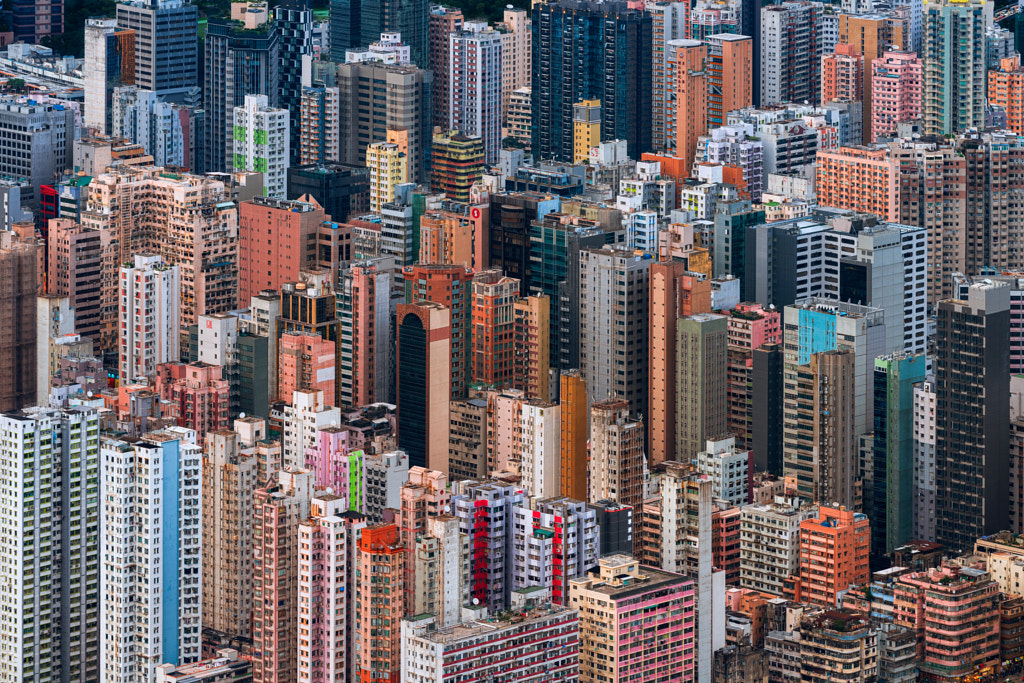

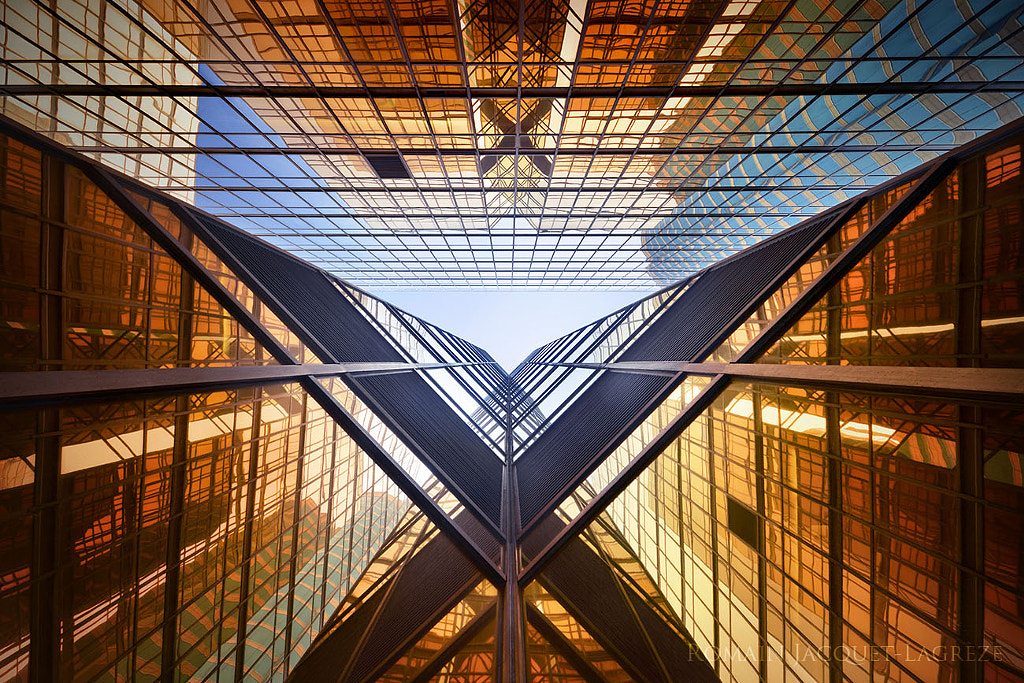
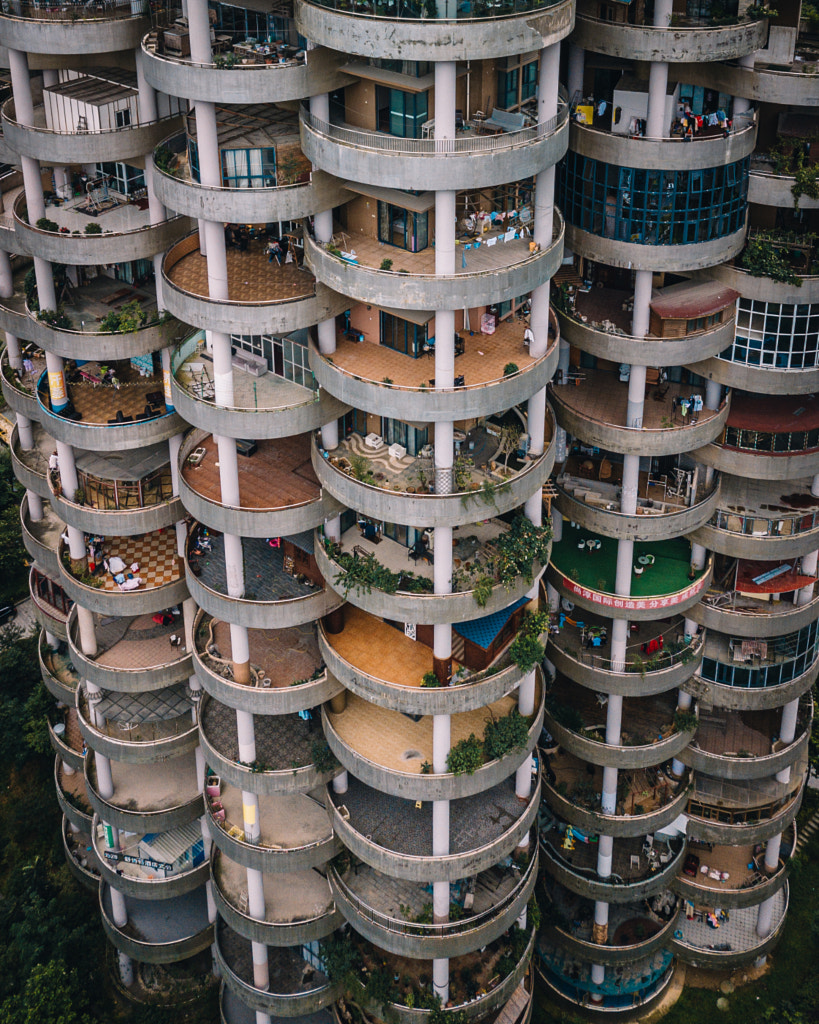
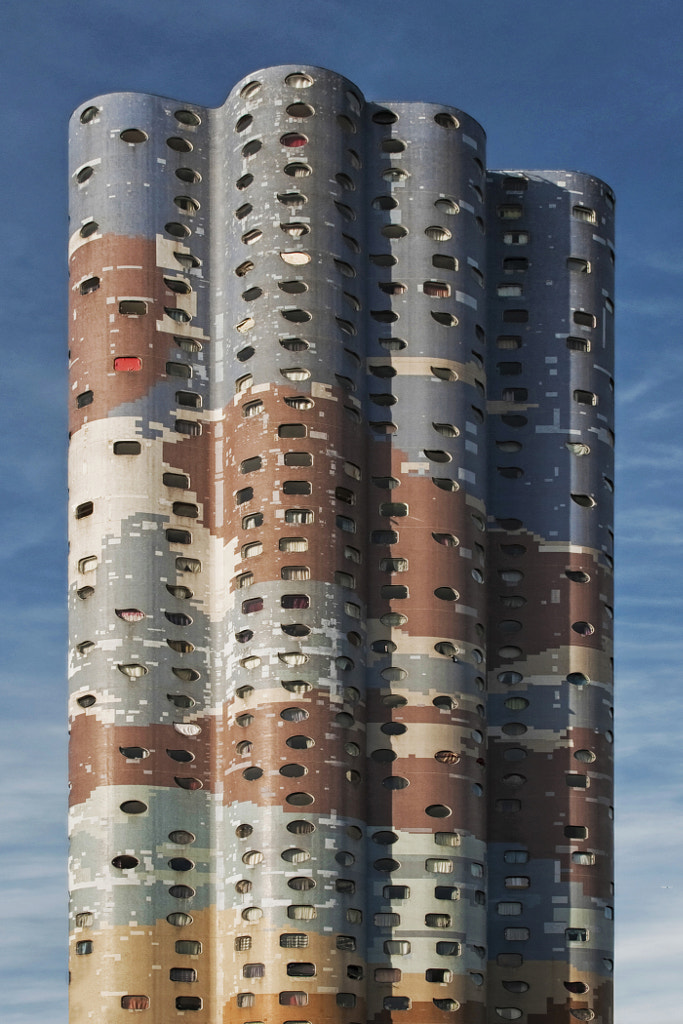
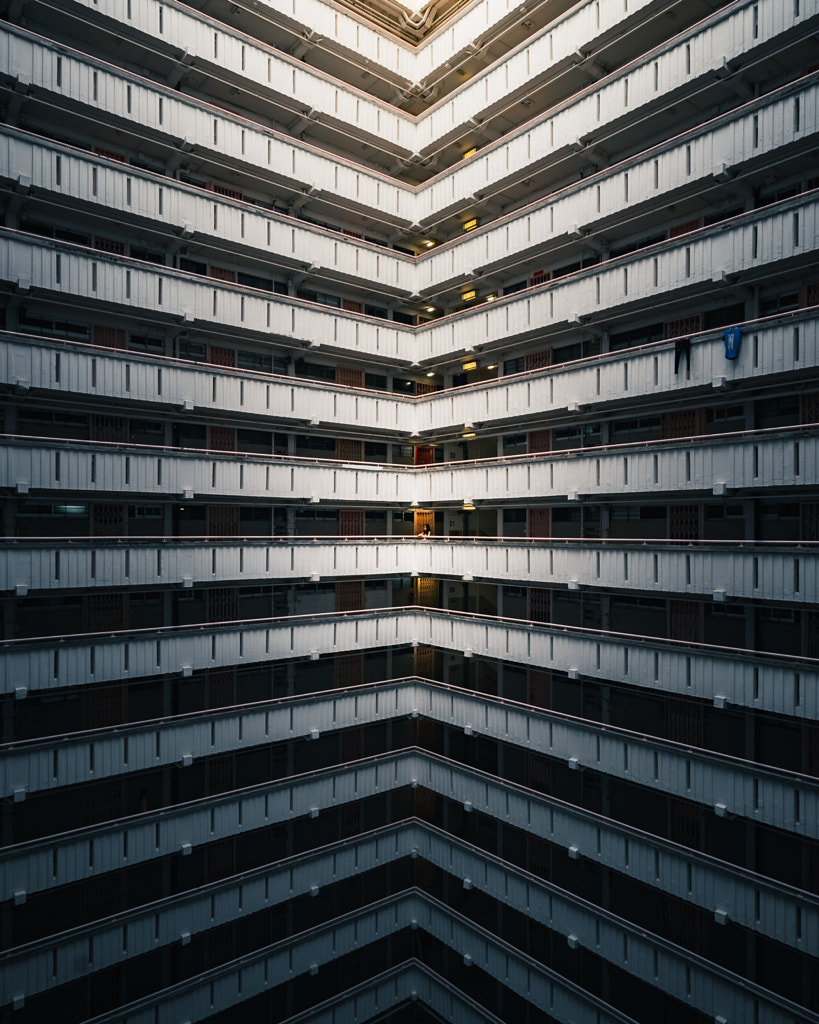
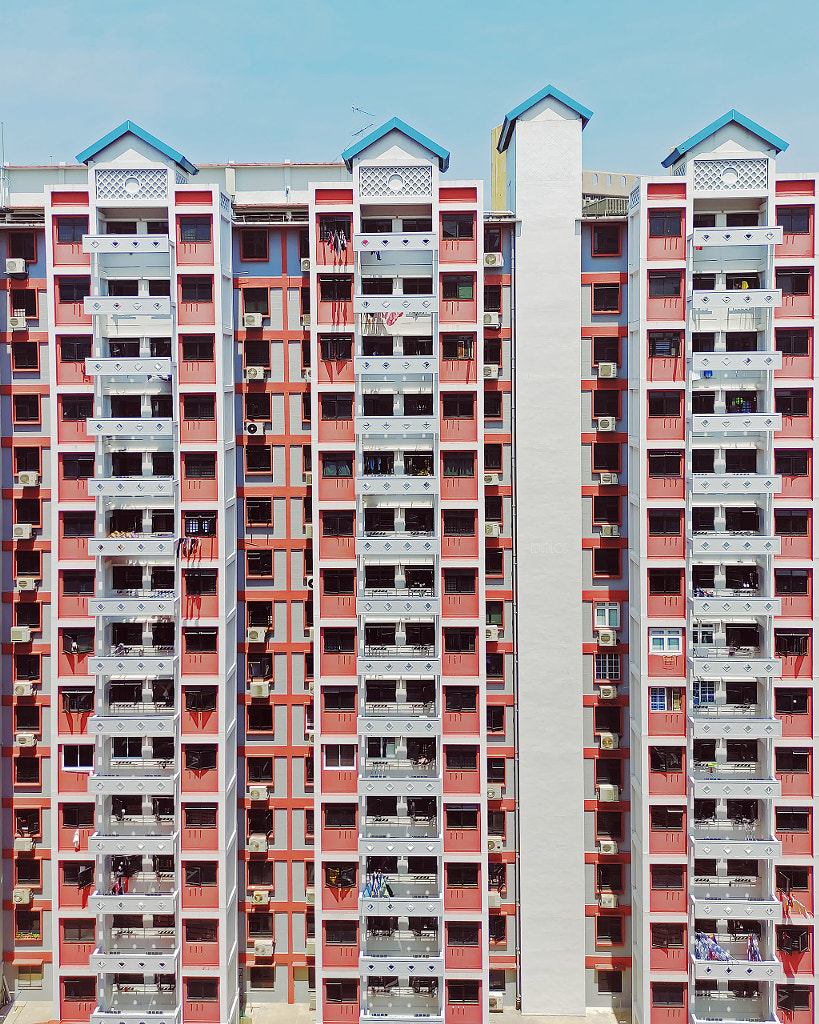
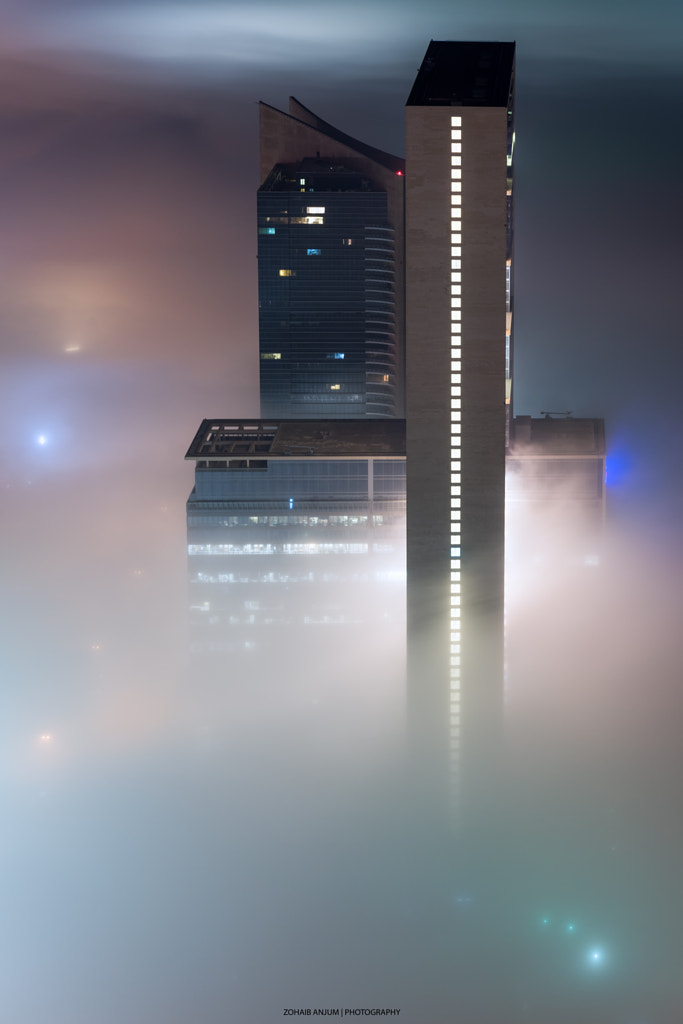
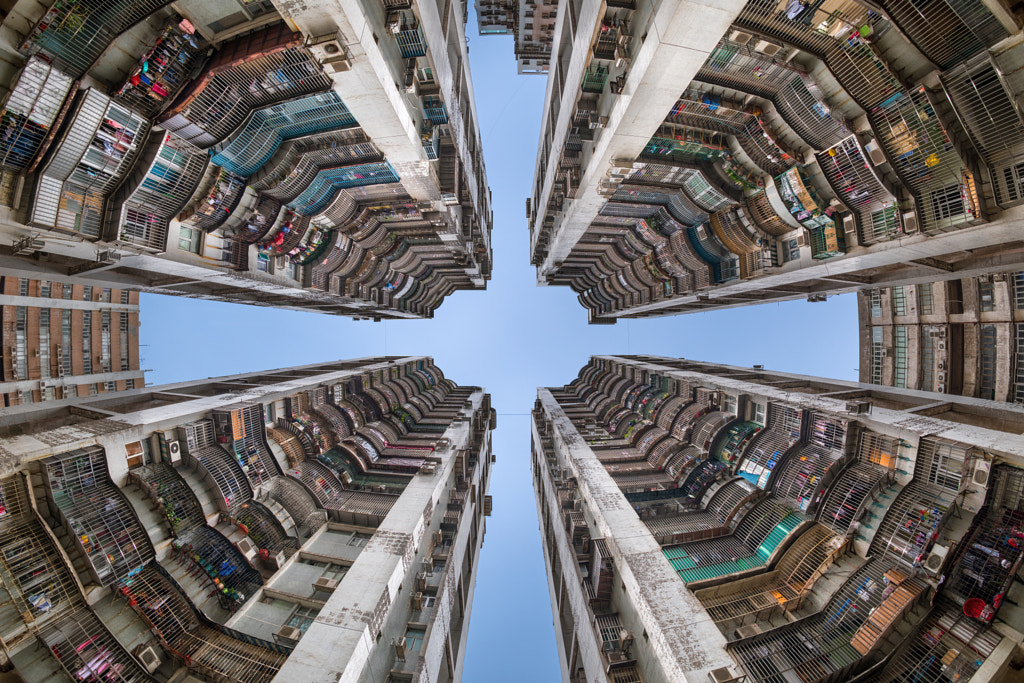
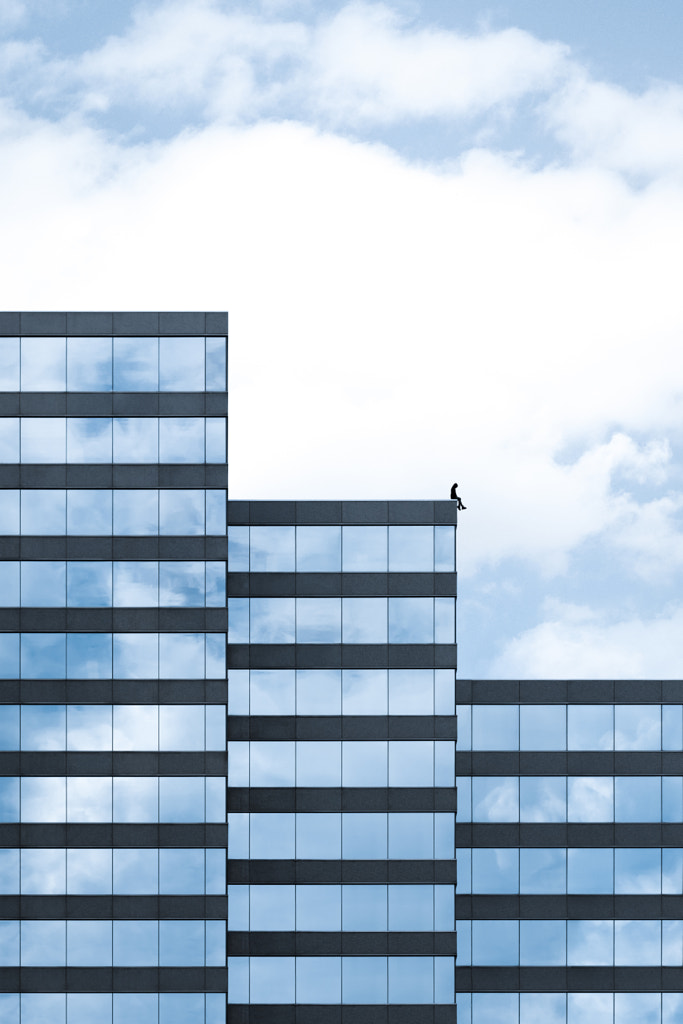
No comments:
Post a Comment